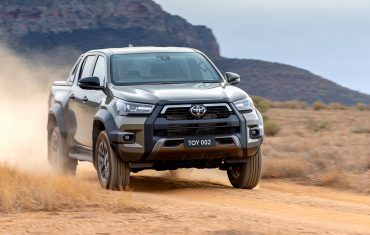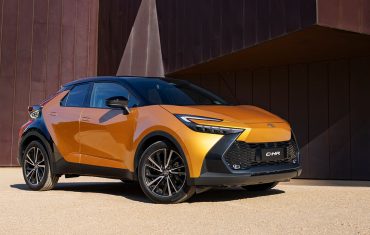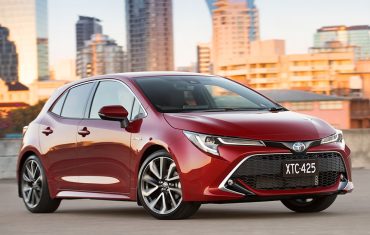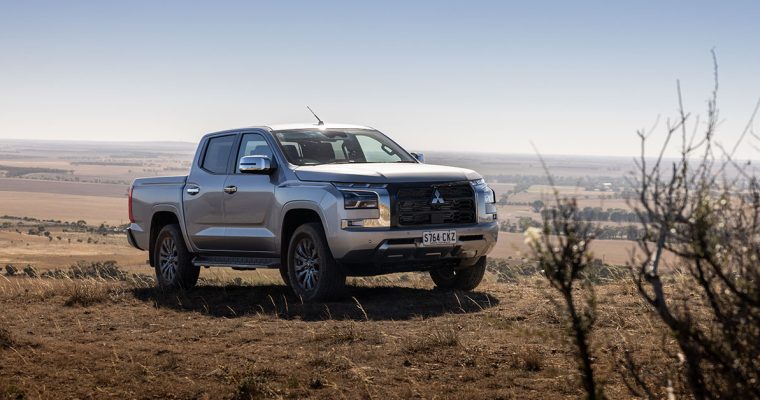
Mitsubishi Triton GLS Review
DriverDual-cab utes are all the rage right now.
They are the most popular new vehicle type in New Zealand, building on our love of adventure while combining everyday useability that allows them to be equally capable on the toughest worksite or as a family suburban runabout. The latest generation of dual-cab utes can do it all.
That hasn’t always been the case, as even a decade ago these utes were still fairly agricultural in the way they drove, lacked a lot of the creature comforts we have come to expect, and car makers only fitted them with the absolute necessities in terms of safety equipment.
But a lot has changed, and every new model is designed to reset the benchmark in this burgeoning class and ride the wave of popularity.
The all-new sixth generation of Mitsubishi’s L200 series – and the fourth generation to wear the Triton nameplate – encapsulates the significant advances dual-cab utes have experienced over their predecessors and also how important the Australia and New Zealand market has become in shaping the global success of the Japanese car maker’s most important light commercial vehicle.
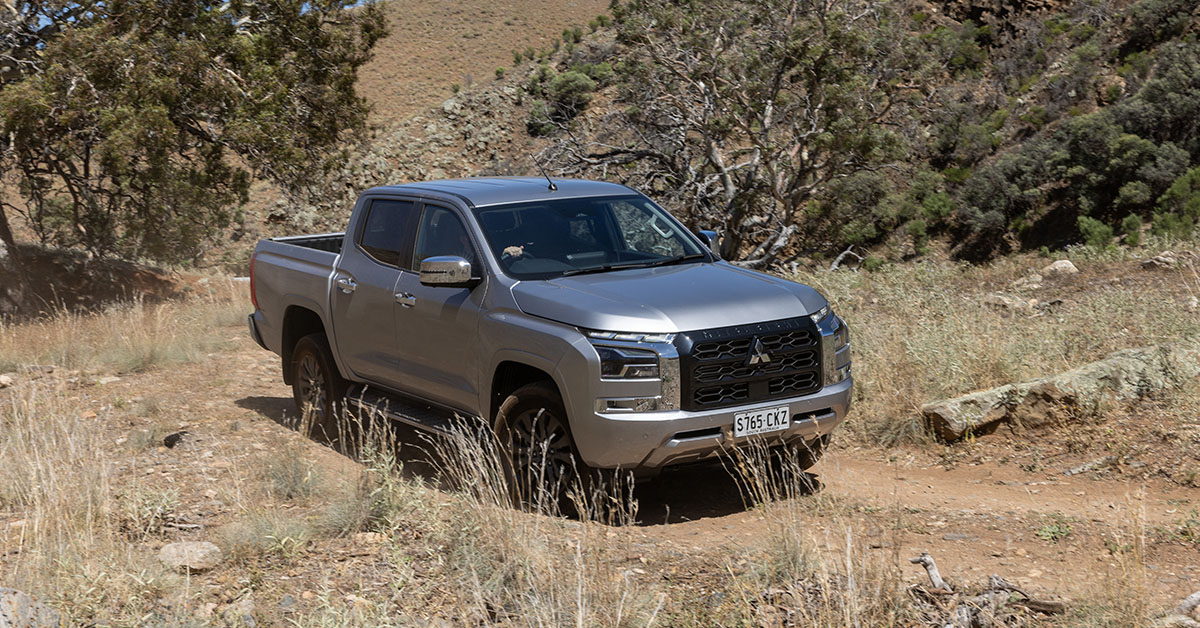
The New-Gen Triton (as Mitsubishi calls it) underwent an extensive testing and development program in Australia before it arrived in local showrooms earlier this year, with a team of engineers tasked with creating a specific dynamic character to cater for the broad taste and demands from customers in the region.
The result is an extensive model range of dual-cab pick-up and cab-chassis variants over five trim levels, starting at $41,990 (plus on-road costs) for the entry-level, rear-wheel drive GLX cab chassis and topping at $59,990 (plus on-road costs) for the flagship four-wheel drive VXR pick-up.
Mitsubishi has recently released a hard-working, no-frills cab-chassis model as the only single-cab model available, priced from $38,690 (plus on-roads).
All of the new-generation versions, including the second-from-the-top GLXR 4×4 Dual Cab we’re testing here, which costs from $53,990 (plus on-roads) as a pick-up are built on a new, longer ladder-frame chassis and powered by a new 2.4-litre twin-turbo diesel four-cylinder engine that develops 150kW of power and 470Nm of torque and drives
through a six-speed automatic transmission. All 4×4 variants have a claimed average fuel consumption of 8.8L/100km, which is on par with most of its rivals.
From a design perspective, there’s no mistaking the new generation from its predecessor with a much more aggressive and boxier exterior, highlighted by its dual, stacked headlight configuration on either side of a prominent three-bar front grille.
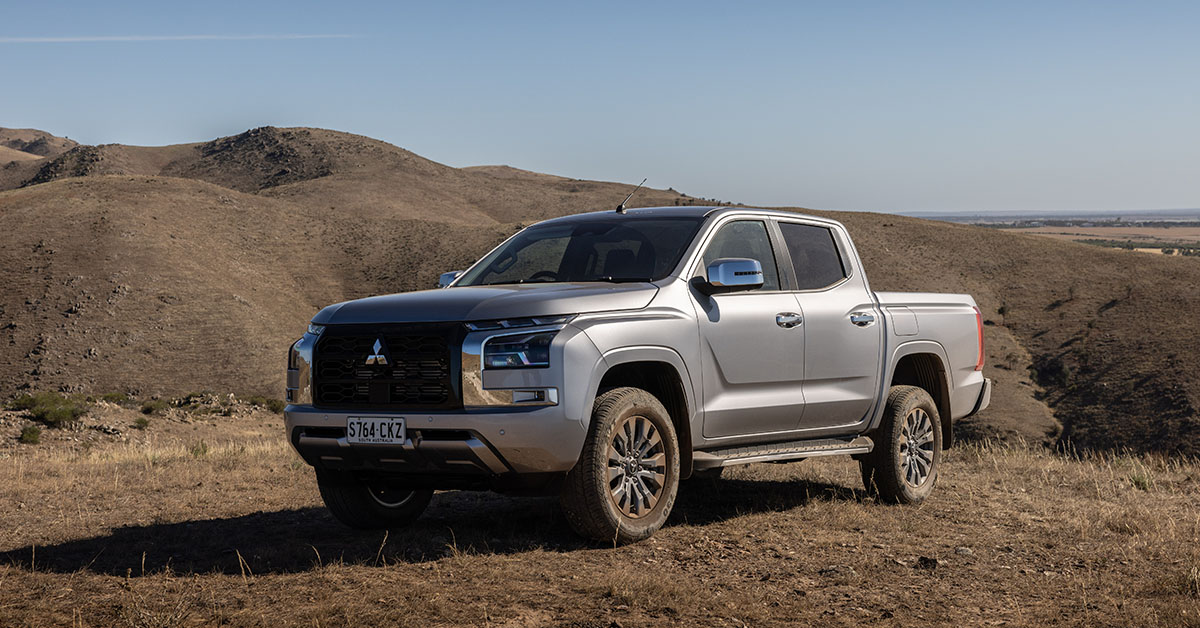
It’s not groundbreaking in any way, but the Triton certainly has a lot more muscular presence than before. Now measuring 5320mm in overall length, it is 15mm longer than before, while the front and rear axles are 130mm further apart to improve its on-road stability.
The stronger, extended chassis has also beefed up the Triton’s work abilities, with a tray that is 35mm longer than before, increased payloads (from 1030kg in the VXR up to 1095kg in the GLX) and a higher maximum braked towing capacity of 3500kg, matching the best in its class.
Inside the cabin is where the changes are more noticeable, with a much more modern look and feel to the interior design plus the integration of the latest digital technology.
The GLXR model we’re driving comes with an extensive list of standard equipment that includes keyless entry with push-button start, dual-zone climate control and a nine-inch colour touchscreen for the infotainment system with Bluetooth connectivity, sat nav, smartphone mirroring for Apple and Android devices, and a wireless charging pad.
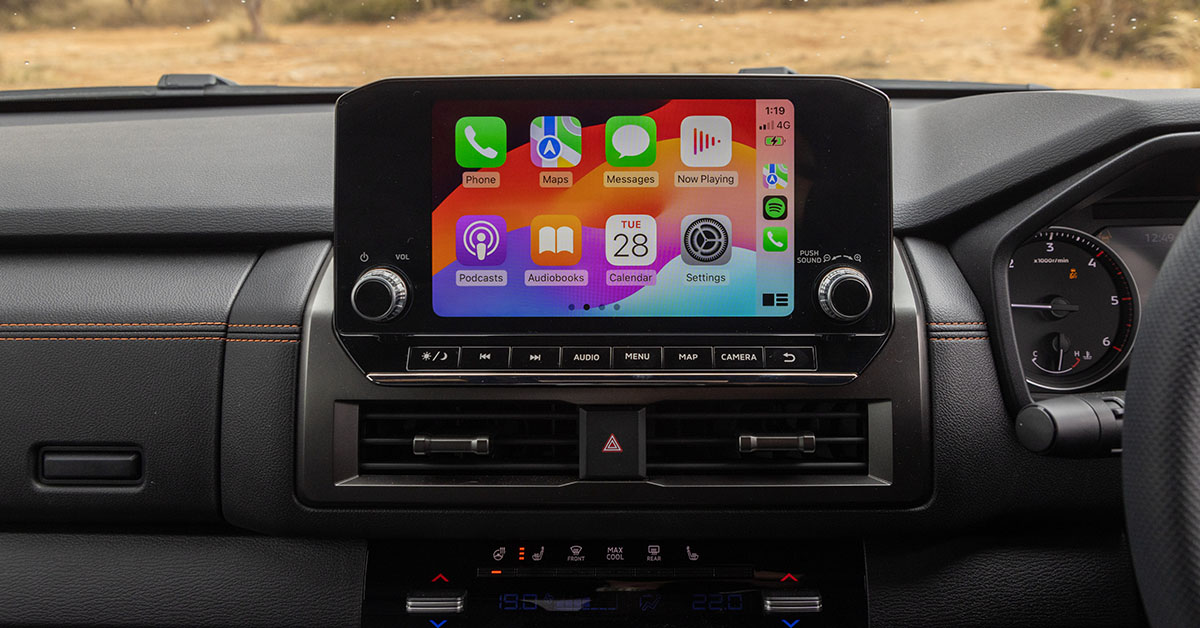
Its long list of safety features is even more impressive than its standard equipment, as all models are fitted with a comprehensive suite of advanced driver aids, including forward collision mitigation with pedestrian and cyclist detection, automated emergency braking in reverse, adaptive cruise control, blind spot warning, lane departure prevention, rear cross traffic alert, traffic sign recognition and a driver monitoring system.
That’s on top of the usual anti-skid brakes and stability control systems and the protection of eight airbags, including a centre airbag between the front seat occupants and a driver’s knee airbag.
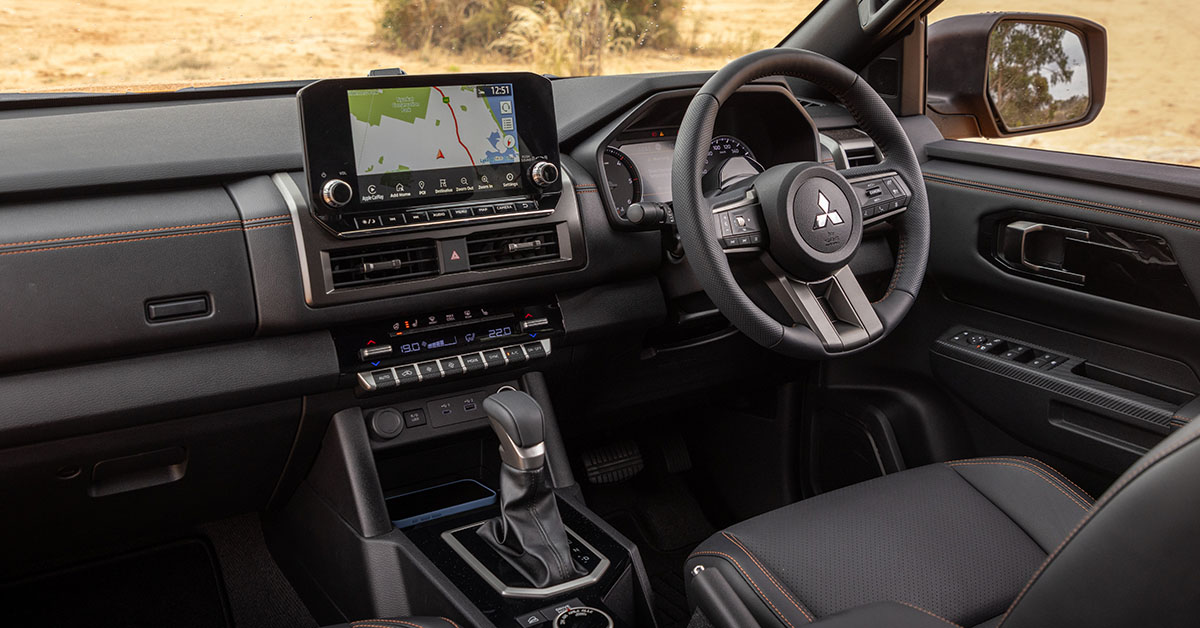
With all of that included, the Mitsubishi Triton range has received a maximum five-star ANCAP safety rating according to the latest and most stringent testing protocols.
As for how it drives, the new Triton is light-years ahead of its predecessor in almost every way.
For starters, a slight increase in capacity for the engine liberates a much smoother and more effortless power delivery with a strong mid-range. It’s still not a poster child – or near the best in its class – for refinement, though. The start-stop system is slow and
clunky when reviving the engine from a standstill. You’d rather de-activate it than take advantage of its fuel-saving capacity, especially when driving in stop-start traffic.
It also sounds a little raucous the higher the engine revs. But it’s no worse than many of its rivals, including the ever-popular Toyota HiLux.
Thankfully, the six-speed transmission does most of the heavy lifting and keeps it working in its sweet spot with silky smooth shifts, while activating four-wheel drive is a cinch thanks to the rotary controller in the centre console that can switch between its seven driving modes.
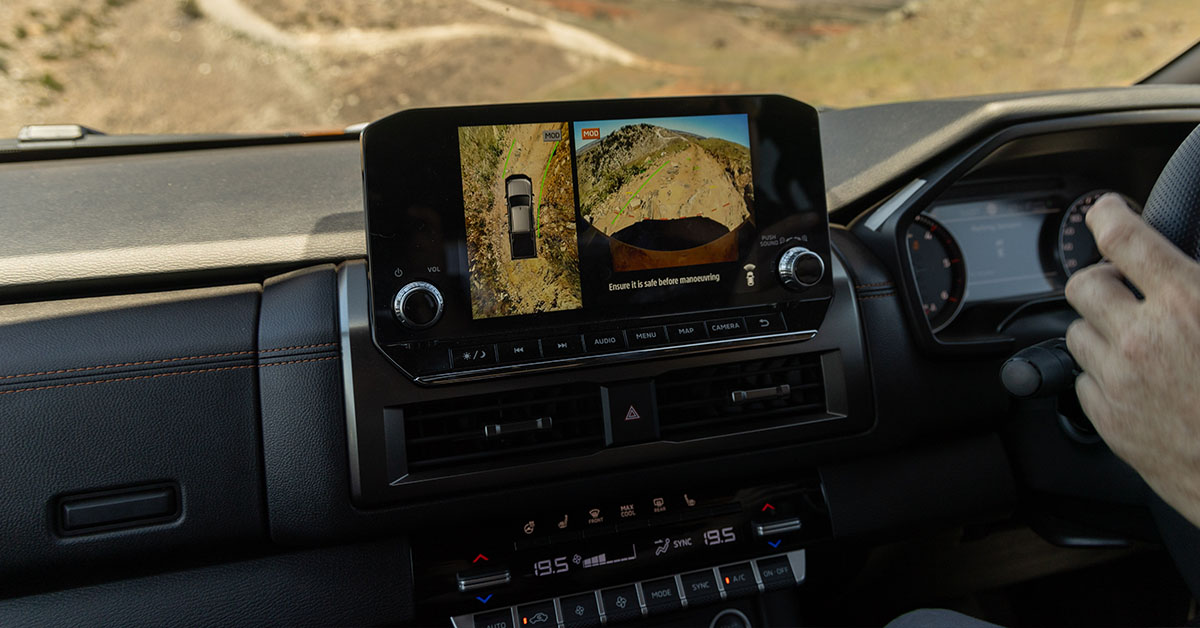
It steers nicely and rides much better than before, too, with decent compliance over rough roads and yet it also feels a step behind the class leader, Ford’s excellent Ranger, in terms of comfort.
If Mitsubishi targeted the previous-generation Ranger as its benchmark, then it has nailed the brief. It’s a much, much better Triton, but Ford moved the game another step further with its newest model, which leaves the rest feeling a generation behind.
Still, the Triton continues to be a good value all-rounder that delivers where it counts, on the job as well as on the bottom line. It’s cheaper to buy, more affordable to maintain and comes with Mitsubishi’s benchmark 10-year factory warranty.
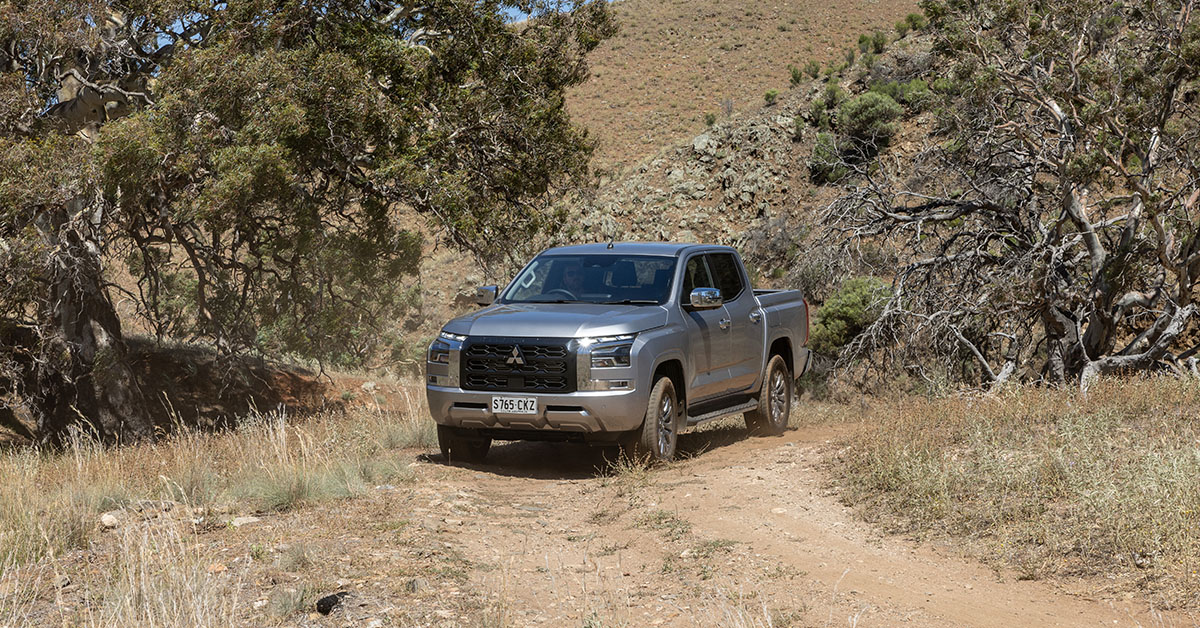
Mitsubishi Triton GLXR Specifications
Price: From $53,990 (plus on-roads)
Engine: 2.4-litre twin-turbo four-cylinder diesel
Power: 150kW at 3500rpm
Torque: 470Nm at 1500-2750rpm
Transmission: Six-speed automatic, 4WD
Fuel use: 8.8L/100km
Payload: 1075kg
Maximum towing capacity: 3500kg
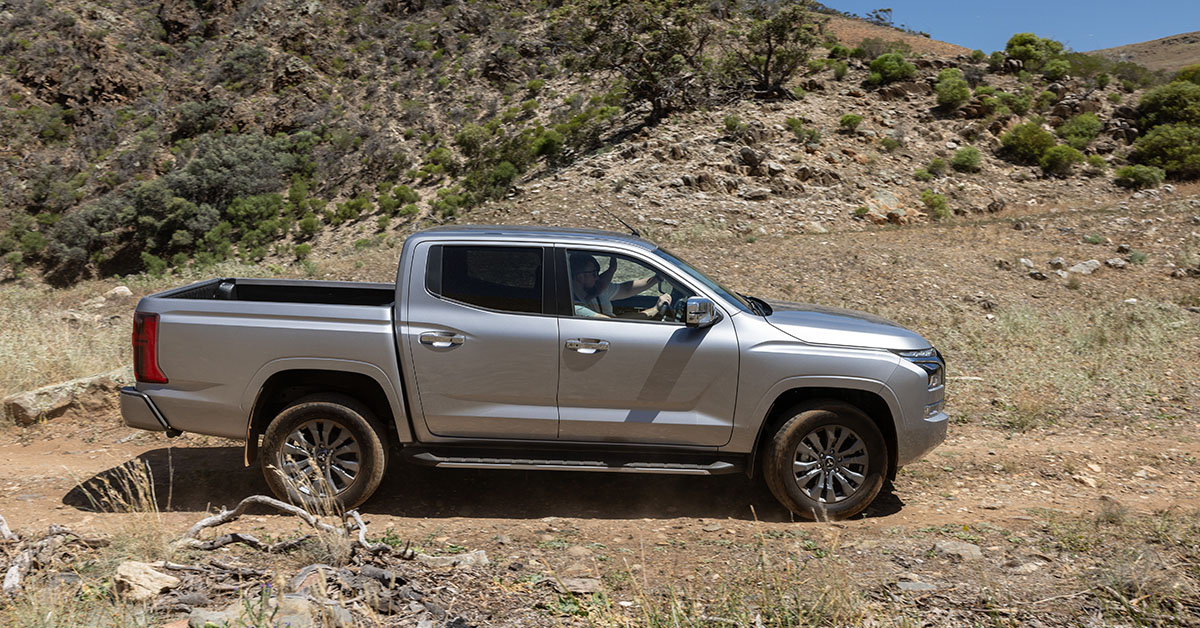
Wondering if this ute is right for your fleet? Chat with SG Fleet today.
 Driving Insights
Driving Insights

